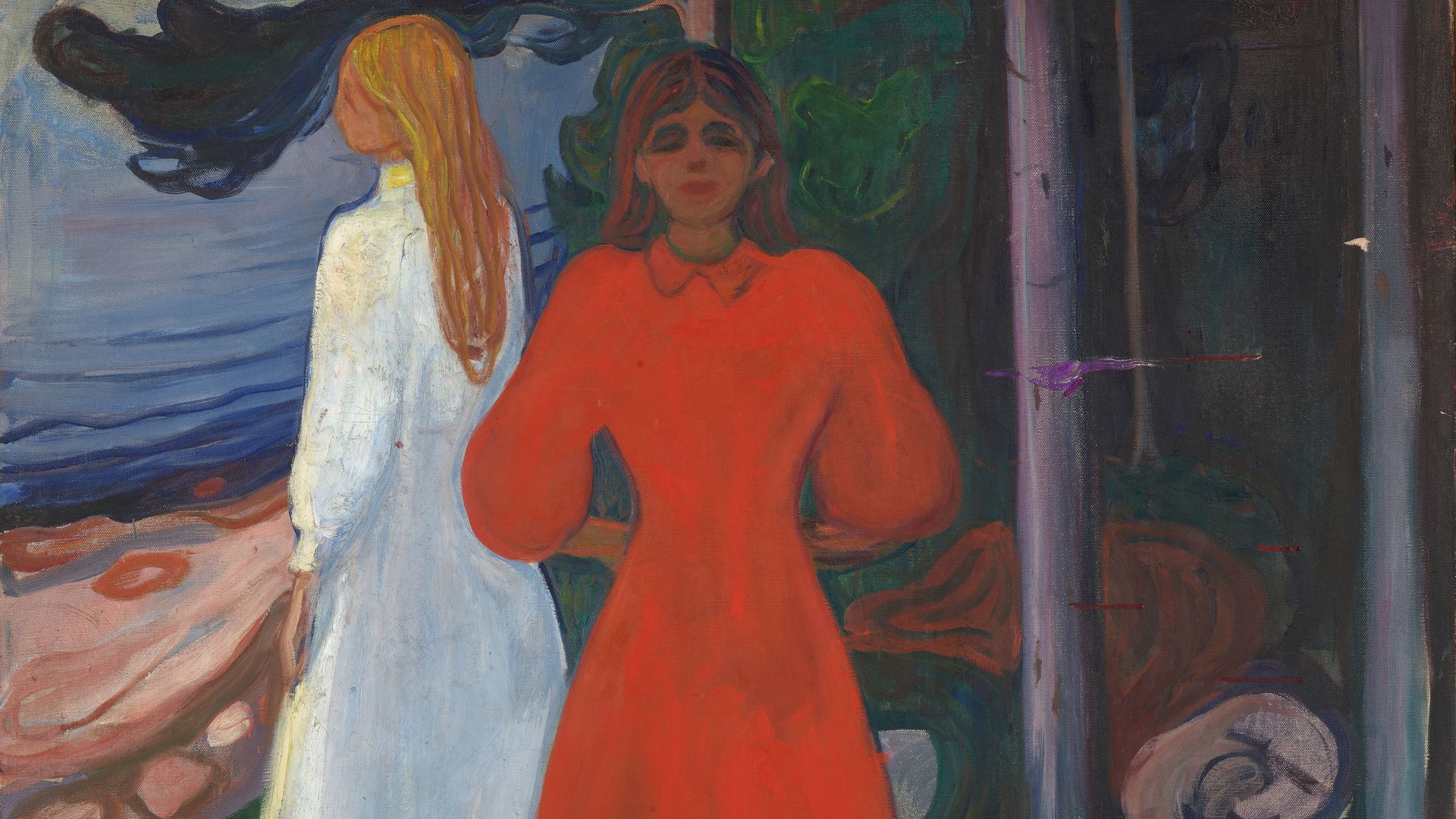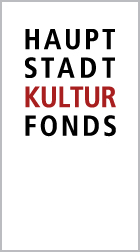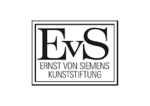Edvard Munch (1863–1944) challenged his contemporaries with the radical modernity of his paintings, especially in Berlin, where the Norwegian Symbolist exerted a big influence around the turn of the century. The exhibition “Magic of the North” is a partnership with the MUNCH in Oslo. It tells the story of Edvard Munch and Berlin, illustrated by paintings, prints and photographs.
The German capital was in the grip of a fervour for all things Nordic. Even the conservative Association of Berlin Artists invited the young artist, as yet unknown, to put on a solo exhibition in 1892. Viewers were shocked by the bright colours and perceived the paintings as sketchy. The show was forced to close shortly after opening. Munch’s works polarised people. The artist delighted in this public attention. He moved to the Spree, living and working in the city again and again between 1892 and 1908. The “Munch Affair”, as the press sardonically labelled the scandal, is seen as the beginning of Modernism in Berlin.
With about 60 exhibitions between 1892 and 1933, Berlin proved to be one of the most important European hotspots in Munch’s career. Here he found artists, gallery owners, intellectuals and collectors to promote his work.
On the banks of the Spree, Munch’s works were not just the parting shot for modern art. They also transformed conventional thinking about the “magic of the North” (Stefan Zweig). Romantic and naturalist notions of fjord landscapes gave way to the psychological density of Munch’s visual cosmos. During the Nazi dictatorship from 1933, the painter was at first celebrated by cultural politicians as a “great Nordic artist”, only to become an early victim of the defamatory campaign against “degenerate” art.
The exhibition embraces about 80 works by Edvard Munch. They are joined by the works of other artists, such as Walter Leistikow and Akseli Gallen-Kallela, who set their stamp in the late 19th century on how Berlin imagined the North and on the Modernist art world in the city.







